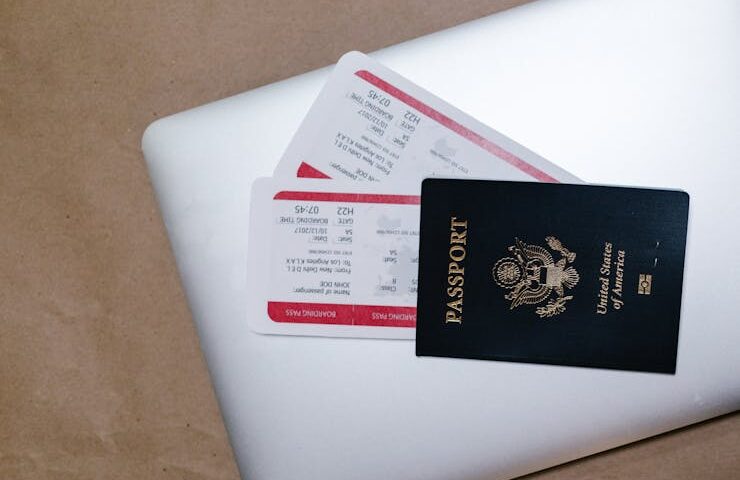Who Can I Sponsor for a Green Card and How Do I Do It?

As a U.S. citizen or green card holder, one of the most rewarding ways to use your status is to help a family member immigrate to the United States. But who exactly can you sponsor for a green card, and what’s the process?
At Holden Law Firm, we’ve helped countless families reunite in the U.S. through family-based immigration. We know how important it is to have clear, reliable guidance every step of the way.
Here’s what you need to know about sponsoring a relative for a green card.
Which Family Members Can I Sponsor?
The family members you can sponsor for a green card depends on your own immigration status.
If you are a U.S. citizen, you can petition for:
- Your spouse
- Your unmarried children under 21
- Your unmarried children over 21
- Your married children of any age
- Your siblings, if you are at least 21 years old
- Your parents, if you are at least 21 years old
These family members are considered your “immediate relatives” (spouse, unmarried children under 21, and parents) or “family preference relatives” (everyone else).
If you are a green card holder, you can sponsor:
- Your spouse
- Your unmarried children under 21
- Your unmarried children over 21
Visas for immediate relatives of U.S. citizens are unlimited, so they are always available. Family preference visas are subject to annual caps, so your relative may face a waiting period before they can apply for a green card.
You can check the Visa Bulletin to see the latest availability for family-based visa categories.
The Two Paths to a Family-Based Green Card
Obtaining a green card for your relative is a multi-step process. As the sponsor, you start by filing Form I-130, Petition for Alien Relative, with U.S. Citizenship and Immigration Services (USCIS).
If your petition is approved and a visa is available in your relative’s category, the next steps depend on where your relative is located:
- If your relative is already in the U.S. lawfully, they may be able to apply for a green card without leaving, through a process called “adjustment of status“
- If your relative is abroad, they will go through “consular processing” to immigrate to the U.S. with an immigrant visa and receive their green card upon arrival
Let’s take a closer look at each of these processes.
Adjustment of Status Process
If your relative is in the U.S. in valid legal status, they can file Form I-485 to adjust status and get a green card without leaving the country. To be eligible for adjustment of status, your relative must:
- Have an approved I-130 petition (or have the I-130 pending when they file for adjustment)
- Be in the U.S. legally, usually after being admitted on a nonimmigrant visa
- Have an immigrant visa immediately available in their category
In some cases, your relative can file their I-485 at the same time you file the I-130. This is called “concurrent filing” and can save significant time. An immigration attorney can help determine if your relative qualifies for concurrent filing.
After filing Form I-485, your relative will attend a biometrics appointment and possibly an interview before receiving a decision on their green card application. The whole process can take anywhere from one to two years.
Consular Processing
If your relative is outside the U.S., they will need to go through consular processing to obtain an immigrant visa and green card. After you file the I-130 and it is approved, your relative’s case will move to the National Visa Center for processing. Your relative will need to submit:
- The immigrant visa application form
- Supporting documents like a birth certificate, police records, and proof of your U.S. citizenship or permanent residence
- An affidavit of support from you showing you can financially support your relative
- Passport and photos
After these materials are processed, your relative will attend a visa interview at the U.S. consulate abroad. If the consular officer finds your relative eligible and admissible to the U.S., they will be issued an immigrant visa. Your relative can then travel to the U.S. and receive their green card in the mail after arrival.
Let Holden Law Firm Be Your Guide
We know family immigration can feel overwhelming, especially with all the forms, deadlines, and details involved. Having an experienced immigration attorney on your side makes all the difference.
At Holden Law Firm, we treat you like family. We’ll get to know your unique situation and goals, and craft a personalized strategy for sponsoring your loved one. From the initial I-130 petition through the final green card approval, we’ll be by your side to make the process as smooth and stress-free as possible.
If you’re ready to bring your family member to the U.S., contact Holden Law Firm today to get started. Your relative’s new life in America is waiting!
